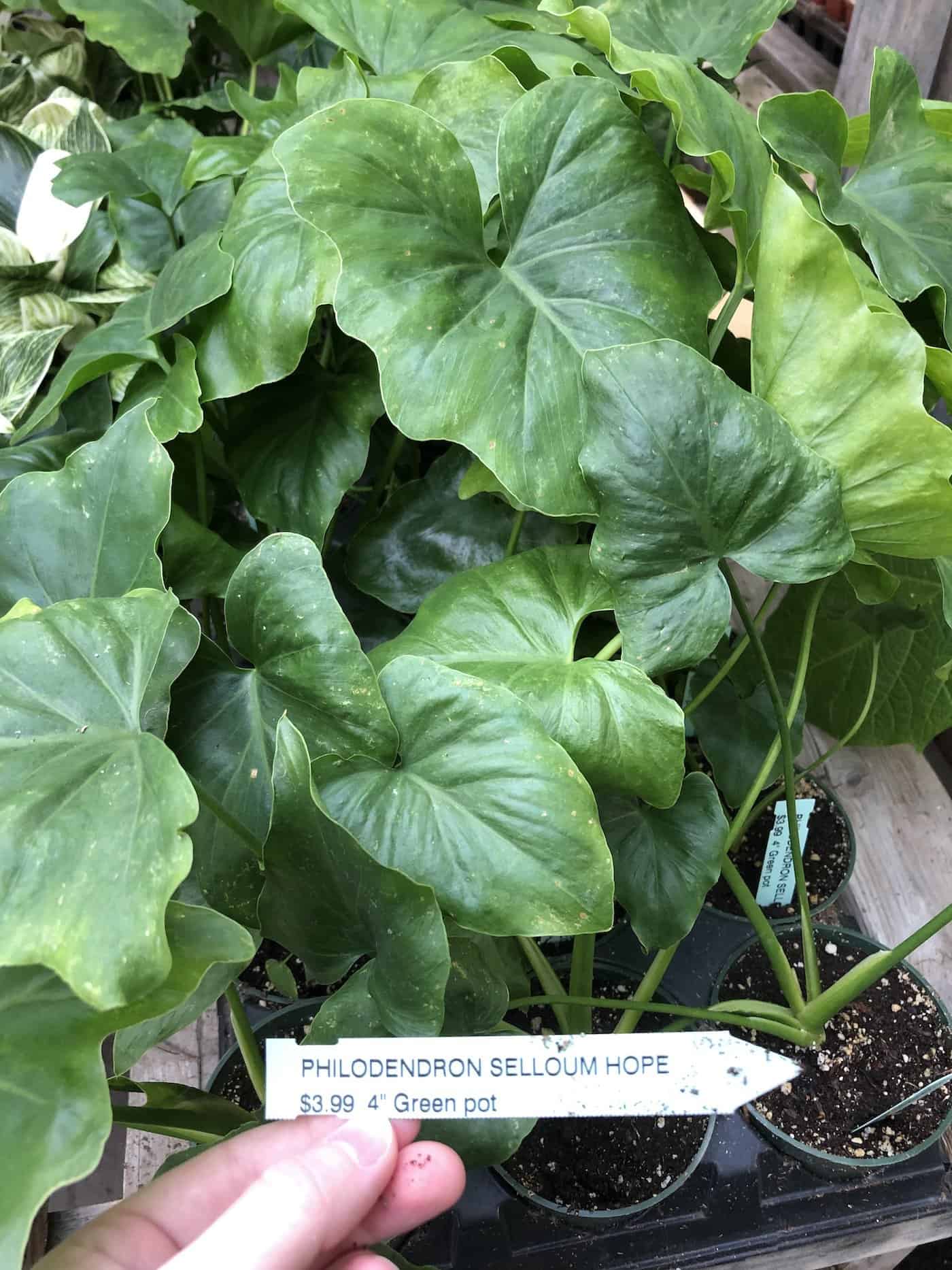The Philodendron genus is full of unique and interesting plants that are surprisingly easy to grow. They are often grown indoors and make great first houseplants for beginner indoor gardeners. Let’s learn how to grow philodendron!
Generally, philodendron plants prefer ample water, high temperatures, high air humidity, and a spot with bright indirect light throughout the day. They benefit from regular watering and fertilizing but are tough plants tolerant of some neglect. Learning how to grow philodendrons includes understanding there is great diversity between philodendron species, and so care differs slightly between the different types.
Philodendron growing basics
Philodendron does not describe a single plant but rather a vast and diverse genus of plants. In fact, there are just under 500 recognized species so far, making this genus the second largest in the Araceae family.
Philodendrons live in tropical forests around the world, where temperatures and humidity remain high throughout the year. These native conditions make many philodendrons great for growing indoors as houseplants. Along with the many species to choose from, there are also several unique cultivars on the market prized by collectors.
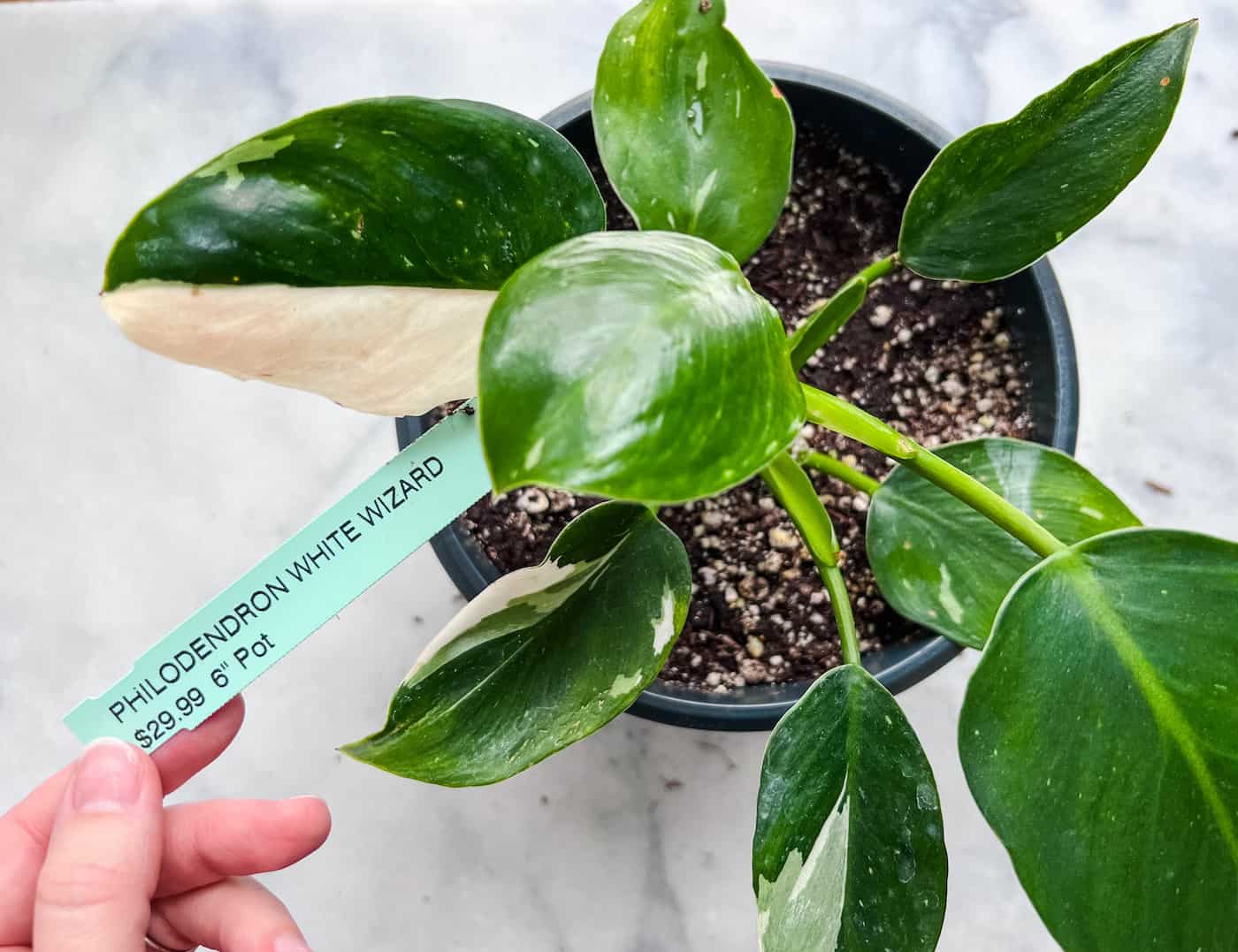
The name philodendron comes from the Greek words for ‘love’ and ‘tree’, roughly translating to ‘tree-lover’. This name perfectly describes their growth habit, as many members of the genus are epiphytes or hemiepiphytes. They produce aerial roots that allow them to climb trees in search of better light and more space.
If you live in a warm climate, typically USDA Zones 9 and above (depending on the species), you can plant your favorite philodendron outdoors. But most choose to shelter them inside as indoor plants, creating an instant indoor jungle feel.
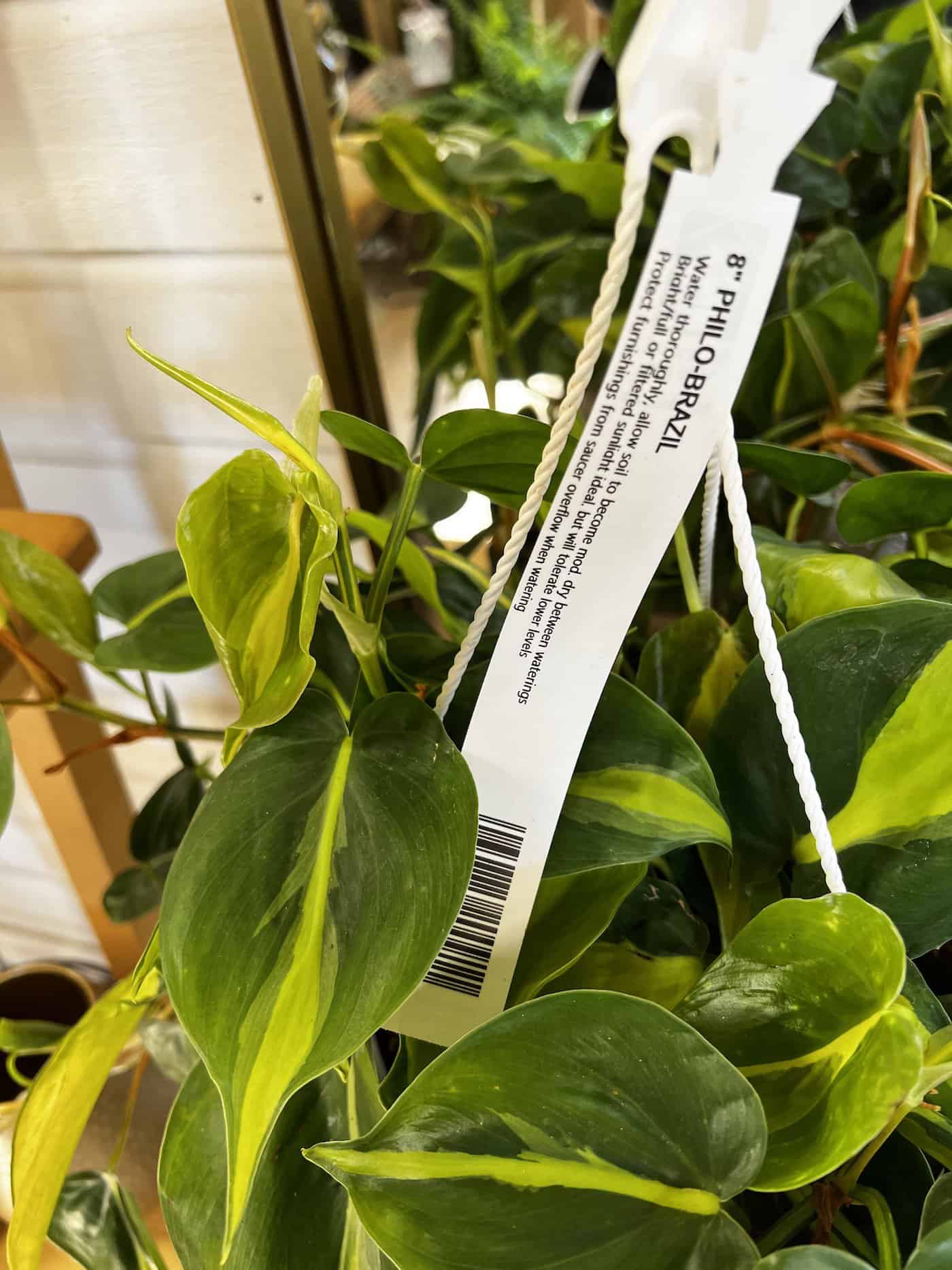
Varieties of philodendron
There are so many philodendron varieties that it would be tough to name them all. But some species, and a few special cultivars, have emerged as the most popular for indoor growth. With so much diversity between plants, you’re bound to find something you’ll love:
- Philodendron hederaceum (Heartleaf Philodendron): A popular vining species that looks wonderful in hanging baskets.
- Philodendron hederaceum ‘Brasil’: Cultivar of the Heartleaf Philodendron with a bright green stripe down the center.
- Philodendron erubescens ‘Prince of Orange’: A personal favorite with warming orange leaves that look great in fall.
- Philodendron erubescens ‘Pink Princess’: A famous philodendron with pastel pink variegated leaves.
- Philodendron micans: Another vining species with deep burgundy leaves that have a subtle shimmer to them.
- Philodendron gloriosum: A large-leaved variety with a velvety texture.
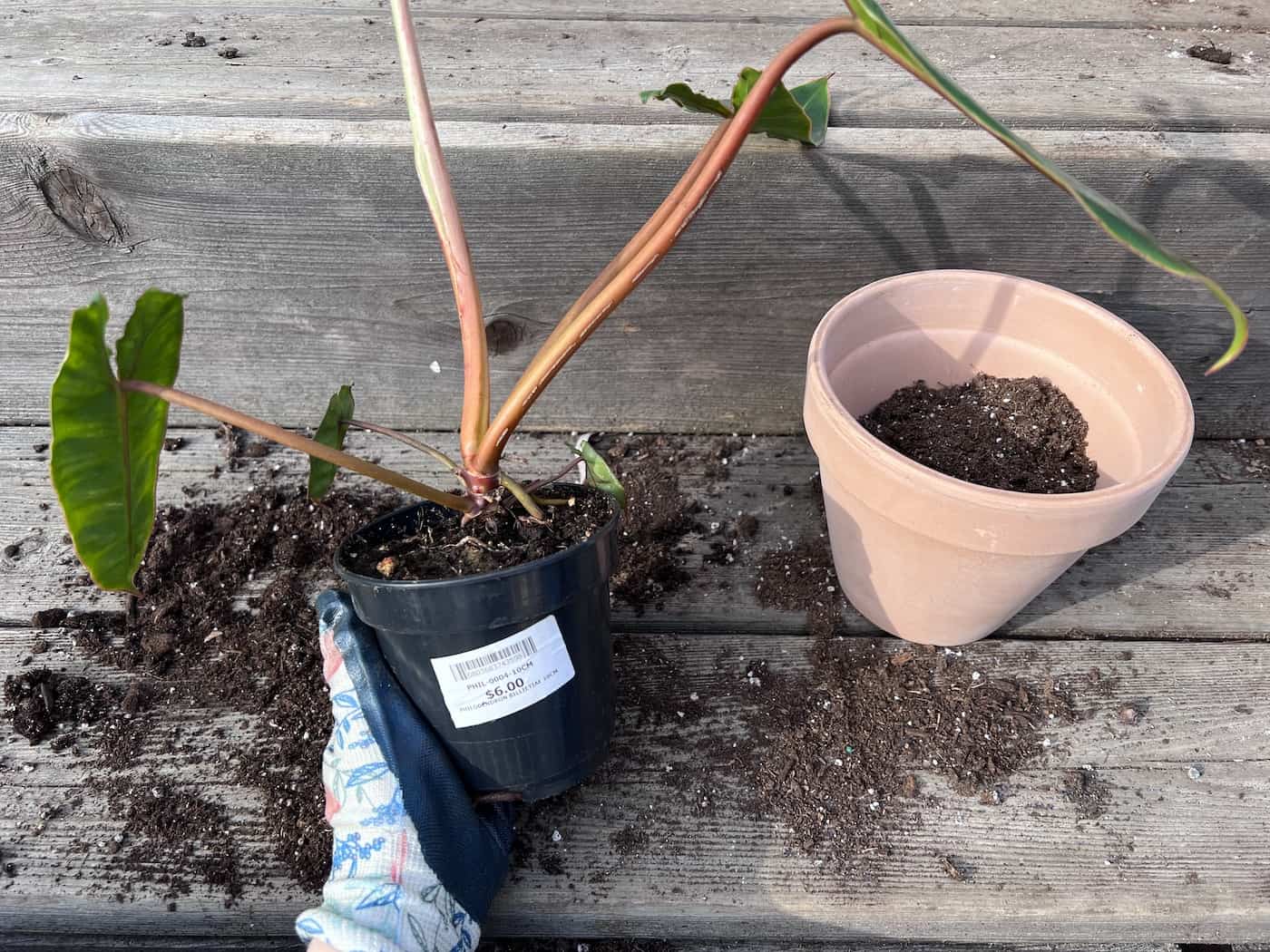
How to care for philodendrons
Philodendrons are beloved for their diversity, but that’s certainly not all they have to offer. These plants are also wonderfully easy to grow, making them great for beginners. I also began collecting philodendrons for their ease of care as they can manage the little bit of neglect that comes with taking care of so many houseplants at once.
The requirements between species may differ slightly, depending on their native habitats and how sensitive they are. But these general guidelines will help you care for most common philodendrons without fuss.
Lighting requirements
As they come from tropical forests where they typically climb tree trunks or spread along the forest floor, philodendrons are accustomed to dappled shade. They receive patches of direct sun filtered through the tree canopy above.
The closest condition to this indoors is bright indirect light. That means philodendrons will thrive in positions close to bright windows, placed just out of the path of direct light. Some can handle a few hours of direct gentle sun well, but most are sensitive to intense sunlight exposure and need protection during the hotter days.
These plants are also known for handling low-light conditions well. They may not grow their best, but they can typically survive in moderate to low light for a few months without showing signs of struggle.
However, this doesn’t apply to any variegated cultivars you may encounter. Variegated leaves have lower chlorophyll levels than solid green ones, meaning they need all the light they can get to grow successfully. Avoid direct sun to prevent scorching, but aim for a full day of bright indirect light for the strongest growth.
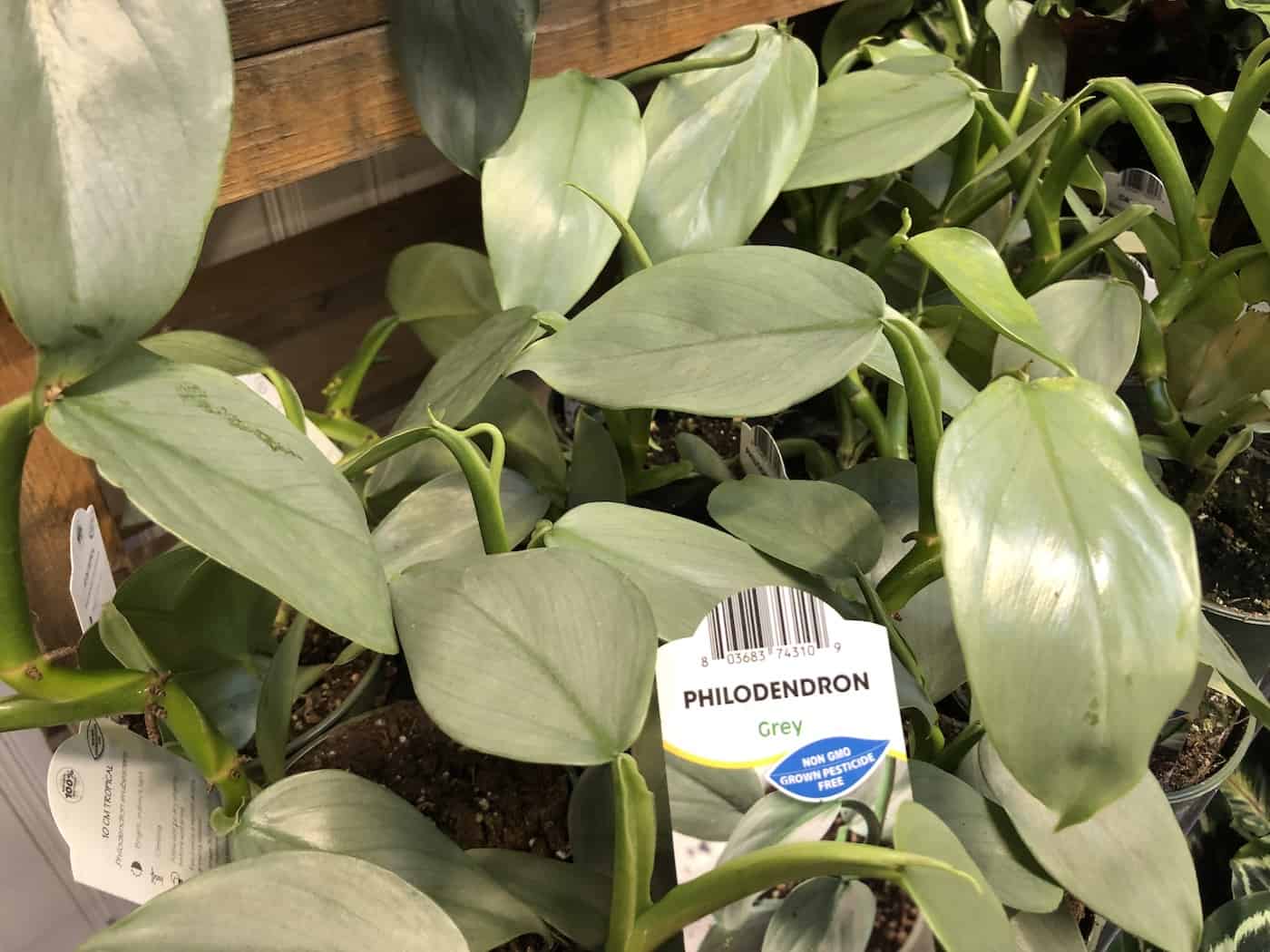
Watering your philodendrons
Philodendrons are not too demanding when it comes to watering, but they do enjoy soil that remains a bit moist to match their native habitats. As a general rule, aim to water again when the top layer of soil has dried out completely. The exact time will depend on environmental conditions and the growth of your plant, so test the soil with your finger first before you plan to water.
As epiphytes and hemiepiphytes, philodendrons are quite sensitive to excess moisture. If you water when the top layer of soil is still overly moist, or don’t provide adequate drainage in the soil or the container, the excess moisture will attract fungal growth that attacks the roots. This leads to a condition known as root rot, which has a high chance of killing your plant if not resolved quickly.
Underwatering is also a concern, but a problem that is much easier to fix. The plant will show you when underwatering is an issue by wilting and curling inwards. Deep watering and adjusting your watering routine should help the leaves return to normal within a couple of days.
A balance is needed to get watering right, but don’t worry if you make a few mistakes. These tolerant plants are often forgiving – especially the more common species – and bounce back quickly from problems with growth.
Fertilizer for philodendrons
Feeding needs differ between species, but overall, philodendrons are not considered heavy feeders. Most are happy with a basic schedule of fertilizing every 4-8 weeks depending on growth rate, applied during the peak growing seasons of spring and summer. Although growth doesn’t stop completely in fall and winter when growing indoors, it’s best to give them a break and feed again in spring to kickstart new growth.
A balanced fertilizer with equal NPK values is recommended, providing everything the plants need to grow successfully. Always follow the instructions on the packaging to avoid damaging the roots through overfertilization. I prefer to use a half-strength dose whenever I fertilize, only applying more if the plants really look like they need it.
Climate requirements for philodendrons
As they come from tropical climates, philodendrons are not tolerant of cold weather. They need to be protected in temperatures below 50F, so they are usually best grown indoors in most climates.
They are happiest in temperatures around 75F, preferably remaining as consistent as possible throughout the year. They may slow or stop growth when temperatures drop below 60F but will start growing again when conditions improve.
Thanks to their rainforest environments, they also enjoy areas with high humidity. I like to aim for 60% – 70% to stay comfortable indoors and keep the plants happy. However, they will survive without trouble in any humidity over 40%. Some are fussier than others regarding air moisture, so check your species’ specific requirements before deciding on the ideal location.
Pruning philodendrons
Vining philodendrons benefit from occasional pruning to manage size, especially when growing in hanging baskets. General pruning of damaged or diseased leaves is also helpful for all species. This prevents the spread of any deadly problems and keeps the plant’s focus on producing new and healthy foliage.

Repotting a philodendron
They will also need regular repotting, either to give the plant more space or to replace inadequate soil. The exact time depends on the species and growth rate of the plant, but look out for common signs like stunted growth and roots growing through drainage holes.
When you do repot, choose a container one or two sizes up. Use a high-quality potting mix designed for houseplants, or create your own to manage conditions. My standard recipe is two parts potting soil, one part perlite and one part coconut coir. This can be adjusted depending on the needs of the species you’re dealing with.
How to propagate philodendrons
Philodendrons are some of the easiest houseplants to propagate, especially when you’re dealing with vining varieties like the Heartleaf Philodendron. Propagating from stem cuttings is easy to do and produces reliable results, making it the most popular option.
To begin propagating your philodendron, start by identifying the nodes. Climbing species have nodes all along the vine, while larger leafy species have nodes closer to the soil line when growing in pots without supports. Your stem cutting should typically be a minimum of 4 inches long, but some will be larger based on the size of the leaves.
Remove cuttings with a sharp and disinfected pair of shears. Thinner vines can also be trimmed with regular scissors as long as they are clean. Then, root the cutting in a glass of water, removing any leaves that sit below the water line.
Once the roots are an inch or two long, you’re ready to transplant into soil. Use a small pot and an airy potting mix to give your new cuttings the best start at growth.
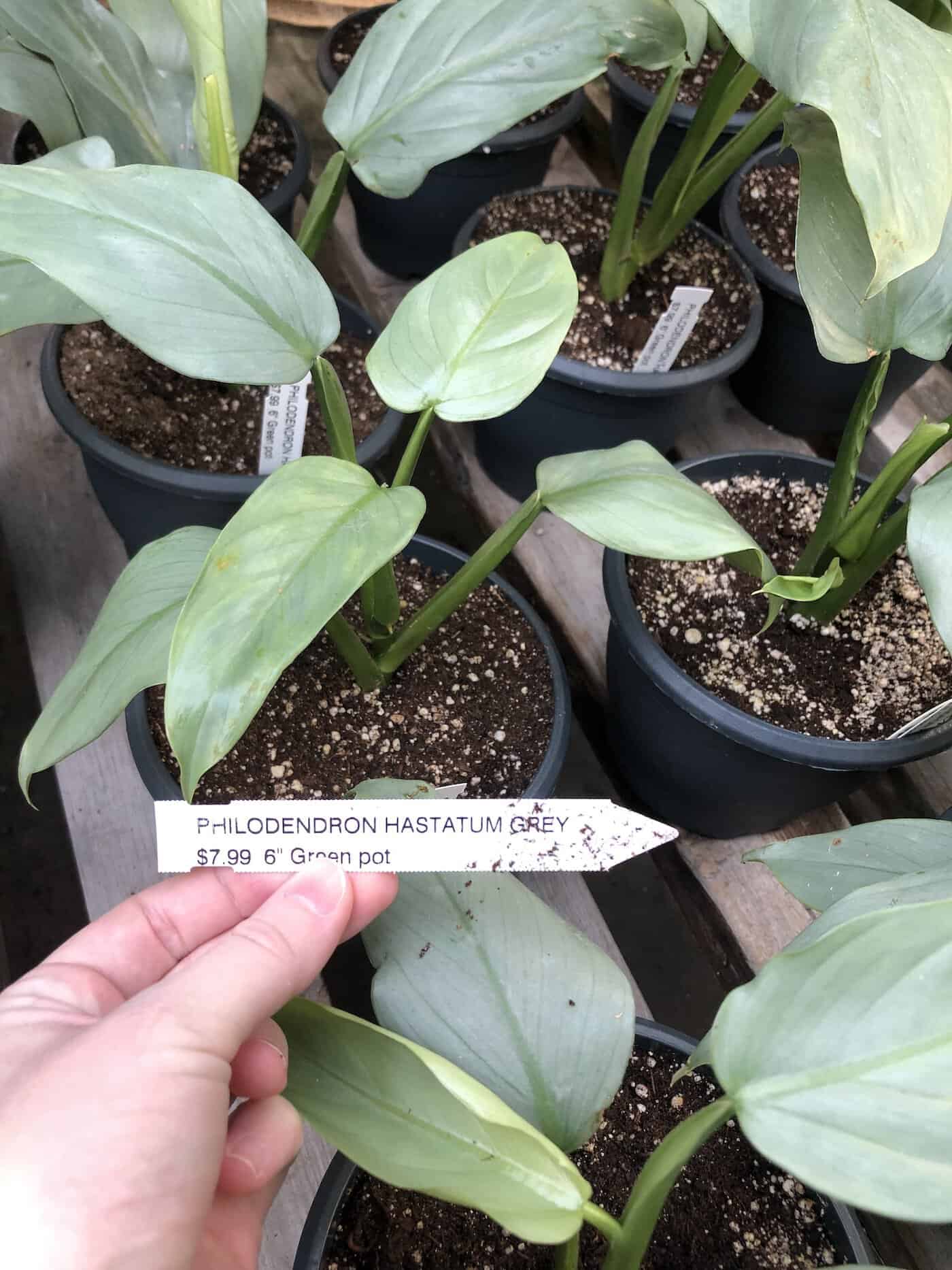
Common problems
Just like any houseplants, philodendrons can experience issues. Whether it’s the result of incorrect care, a mismatched environment, or simply bad luck with things like pests, look out for these signs to tell when something is wrong.
- Yellow leaves: This common issue is usually the result of either underwatering or overwatering. You should be able to tell which is more likely by analysis of your care and the soil conditions. Other causes include lack of nutrients or incorrect light levels.
- Brown leaf tips: Look for a moisture issue like underwatering or low humidity. This issue is particularly prevalent in species that prefer higher humidity levels than usual.
- Brown patches on leaves: Often caused by exposure to high sunlight levels, causing patches of the leaves closest to the light source to become crispy and die off. Move the pot to a spot with bright light but away from the path of direct sun.
- Stunted growth: Usually a sign that the plant needs repotting, but could be a side of incorrect environmental conditions, particularly low light levels.
- Wilting: Caused by underwatering most often, or overwatering if accompanied by mushy stems and yellow leaves.
- Patchy discoloration: Potentially indicates a pest problem. Identify the pest and apply the relevant treatment until all signs of the bugs have disappeared.
Don’t worry if you notice any of these symptoms. Some quick detective work and a change in care or conditions will help bring your philodendron back to good health in no time.


